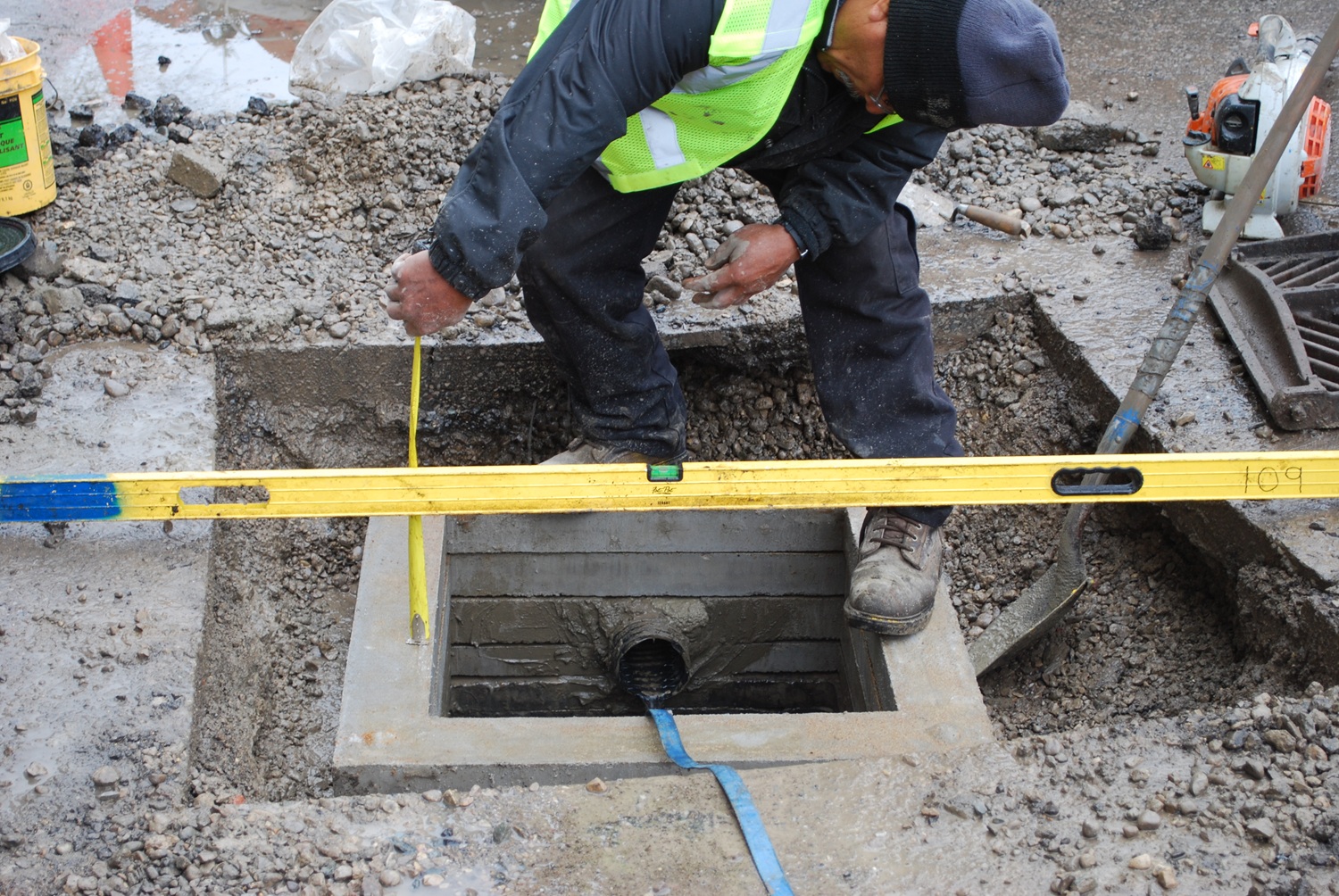Resources
Insights, News & Learning
Share this article
Catch Basins & Concrete 101
- June 5, 2025

In this insightful webinar, Rod Campbell, co founder and president of Catch Basin Authority and Addaline Asphalt Maintenance, shares his expertise in managing waterdrainage issues in parking lots. With over 20 years of experience collaborating with property managers across Ontario, Rod provides valuable insights on the crucial role of catch basins, concrete repairs, and maintenance practices to ensure parking lots remain safe, dry, and structurally sound.
Key topics covered in the webinar include:
- The role of catch basins in managing water flow and preventing flooding
- How improper slopes and grading can exacerbate water issues
- Concrete islands, curbs, and sidewalk maintenance to support proper drainage
- Identifying and addressing common issues, like water accumulation and asphalt deterioration, to maintain long-lasting surfaces
By the end of the webinar, property managers will better understand the importance of drainage systems, the role of catch basins in preventing flooding, and how to make informed decisions when working with contractors on drainage-related repairs. The webinar equips viewers with the knowledge needed to maintain both the functionality and lifespan of their parking lot infrastructure.
Ready to learn more? Watch the webinar and read the full summary below!
1. Manholes vs. Catch Basins:
- Manholes are designed for accessing underground services like sewer lines, not for drainage. They typically sit above grade and don’t handle significant water flow.
- Catch basins, on the other hand, are engineered specifically to collect and redirect surface water in areas prone to pooling, such as parking lots, playgrounds, and gardens.
2. Components of a Catch Basin
- A typical catch basin consists of an assembly (2 parts) frame, grate, and grade rings that sit on top of the main part of the concrete catch basin, these all help adjust the height to match the surrounding surface. These assemblies are durable but can become damaged if exposed to cracks or wear, compromising drainage.
- Catch basins manage surface water by redirecting it away from buildings to prevent damage like flooding or basement leaks. While they don’t typically filter the water, it flows directly into stormwater systems, rivers, or lakes, which can create environmental concerns.
4. Installation and Maintenance
- Proper installation and grading of catch basins are essential for efficient water management. If catch basins are too high or too low, they can cause water to pool or lead to damage to vehicles.
- Regular maintenance is crucial as surfaces around catch basins can settle, heave or shift, leading to structural issues. Inspections should be done regularly to ensure the system is functioning correctly.
5. Common Problems and Solutions:
- Shifting, cracking, and damage to catch basins or surrounding asphalt can hinder water drainage and cause system failures. Damaged frames or grates should be replaced immediately to preserve functionality.
- Early warning signs like alligatoring, sinkholes, sand accumulation around catch basins can indicate potential drainage issues or material erosion, which should be addressed promptly to avoid safety hazards.
Key Considerations for Property Managers:
- Catch Basin Maintenance: Catch basins should be cleaned regularly, typically every year or two, especially when they are filled 60% or more with solids in the basin. Early identification of debris or buildup is critical to prevent clogging and flooding.
- Water Supply Lines and Valves: Water shutoff valves must be accessible and clearly marked. Proper valve maintenance ensures that water flow can be controlled when necessary.
- Locates and Digging Safety: Always request locates before digging, especially for projects over 2 feet deep, to avoid damaging underground utilities like gas lines or fiber optics. Planning for locates may take several weeks, so start early.
- Contractor Responsibilities: Selecting the right contractor is vital. While contractors should be insured and follow safety protocols, property owners also share responsibility for ensuring proper precautions are in place.
- Concrete Maintenance: Concrete like sidewalks, curbs, gutters, and islands have the potential for trip and fall issues. Concrete sidewalks and finishes should be broom-finished for better slip resistance, particularly in cold climates.
- Catch Basin Inspection: Be proactive with inspections to identify issues like salt or sand buildup, which may require more frequent maintenance in areas with harsh winters.
Final Thoughts:
By understanding the importance of proper catch basin installation, maintenance, will sure your parking lots remain safe, functional, and free from water-related issues. Planning ahead for maintenance and selecting experienced contractors will keep your infrastructure in optimal condition for years to come.
For any questions or specific maintenance needs, feel free to reach out to Addaline Asphalt Maintenance or Catch Basin Authority for expert guidance and assistance.
Get in Touch
From emergency repairs to long-term capital planning, Addaline is here to make your job easier and your properties better.


